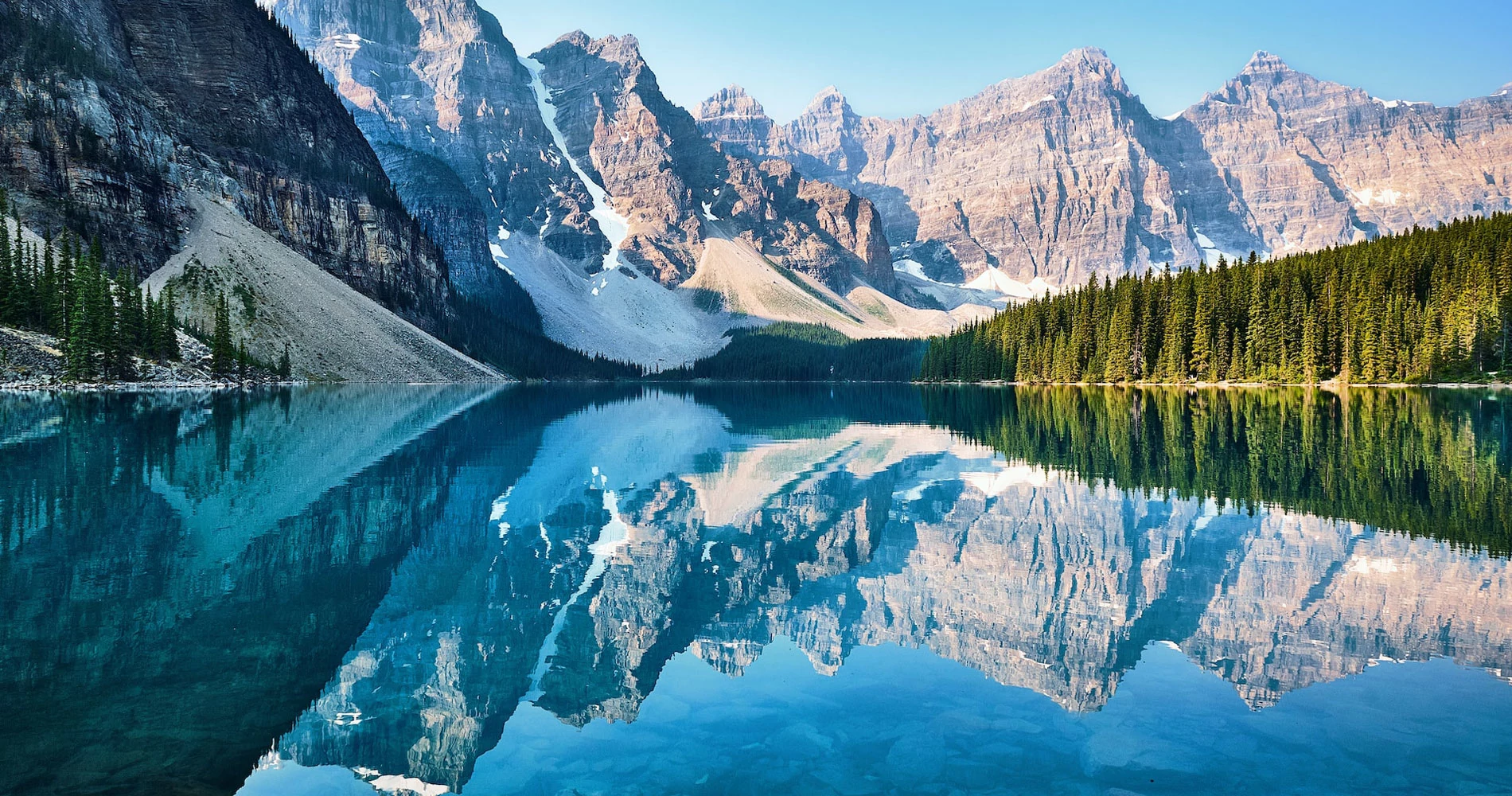10 Must-Visit National Parks Around the World
Yellowstone National Park (USA):
Yellowstone National Park, located primarily in the U.S. state of Wyoming, is a true natural wonder and one of the world's most renowned national parks. Established in 1872, it holds the distinction of being the first national park on the planet, a testament to its extraordinary natural beauty and geological significance. Spanning over 8900 square kilometers (2.2 million acres), Yellowstone is a vast and diverse wilderness that showcases a stunning array of geothermal wonders, pristine lakes, lush forests, and abundant wildlife.
The park is perhaps best known for its geothermal features, including the iconic Old Faithful geyser, which erupts regularly with scalding water and steam. Visitors can explore the park's hydrothermal areas, such as the Mammoth Hot Springs and the Grand Prismatic Spring, which dazzles with its vibrant colors. Yellowstone is also home to an expansive network of hiking trails, offering opportunities for both leisurely strolls and challenging backcountry adventures.
Wildlife enthusiasts flock to Yellowstone to witness its diverse animal population. The park is a sanctuary for iconic North American species like grizzly bears, wolves, bison, and elk. The Lamar Valley, often called the "Serengeti of North America," is a prime location for wildlife viewing. Visitors are advised to keep a safe distance from these wild animals to preserve both their safety and the animals' natural behaviors.
Yellowstone's landscapes are incredibly varied, from the stunning Yellowstone Lake, the largest high-elevation lake in North America, to the rugged peaks of the Absaroka Range. The Yellowstone River flows through the Grand Canyon of the Yellowstone, where visitors can gaze upon thundering waterfalls and colorful canyon walls. With its unique combination of geological marvels, abundant wildlife, and breathtaking scenery, Yellowstone National Park is a true natural wonder that should be on every traveler's bucket list.
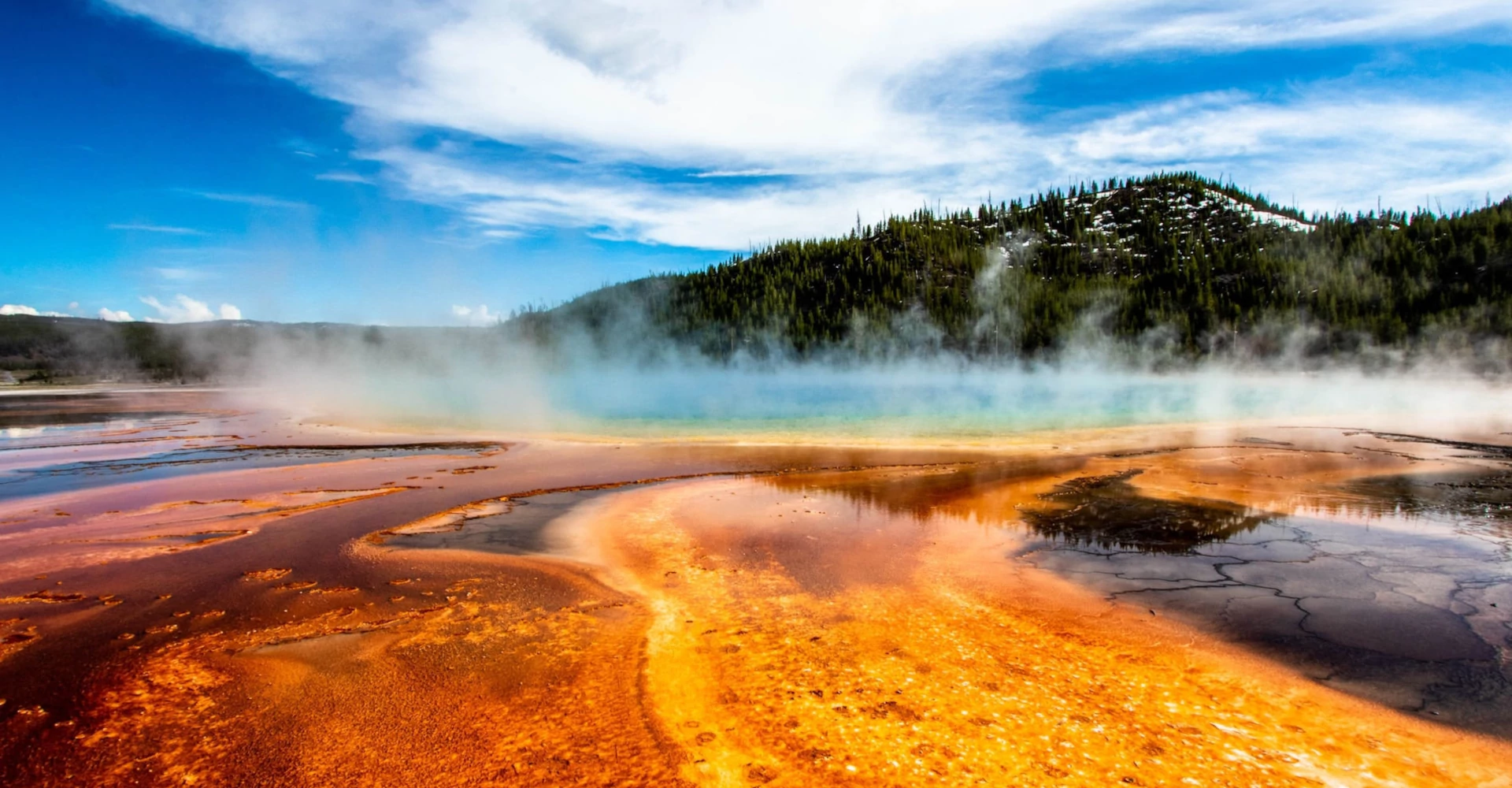
Banff National Park (Canada):
Nestled in the majestic Canadian Rockies, Banff National Park is a true treasure of natural beauty and one of the world's most renowned national parks. Established in 1885, it's Canada's first and oldest national park, sprawling across over 6,600 square kilometers. This UNESCO World Heritage-listed park showcases a breathtaking array of crystal-clear alpine lakes, lush forests, and abundant wildlife.
At the heart of the park lies Lake Louise, a jewel of turquoise that mirrors the surrounding glaciers and mountains. Visitors can explore its picturesque shores, hike to vantage points with awe-inspiring views, or venture out in a kayak to immerse themselves in its serenity. Another stunning glacial lake is Moraine Lake, surrounded by the dramatic peaks of the Valley of the Ten Peaks.
For those seeking adventure, Banff offers a multitude of hiking trails, ranging from leisurely strolls to challenging backcountry expeditions. The region boasts iconic trails like the Six Glaciers Trail and the rugged Sentinel Pass. Wildlife enthusiasts flock to Banff to witness its diverse animal population, including grizzly bears, wolves, bison
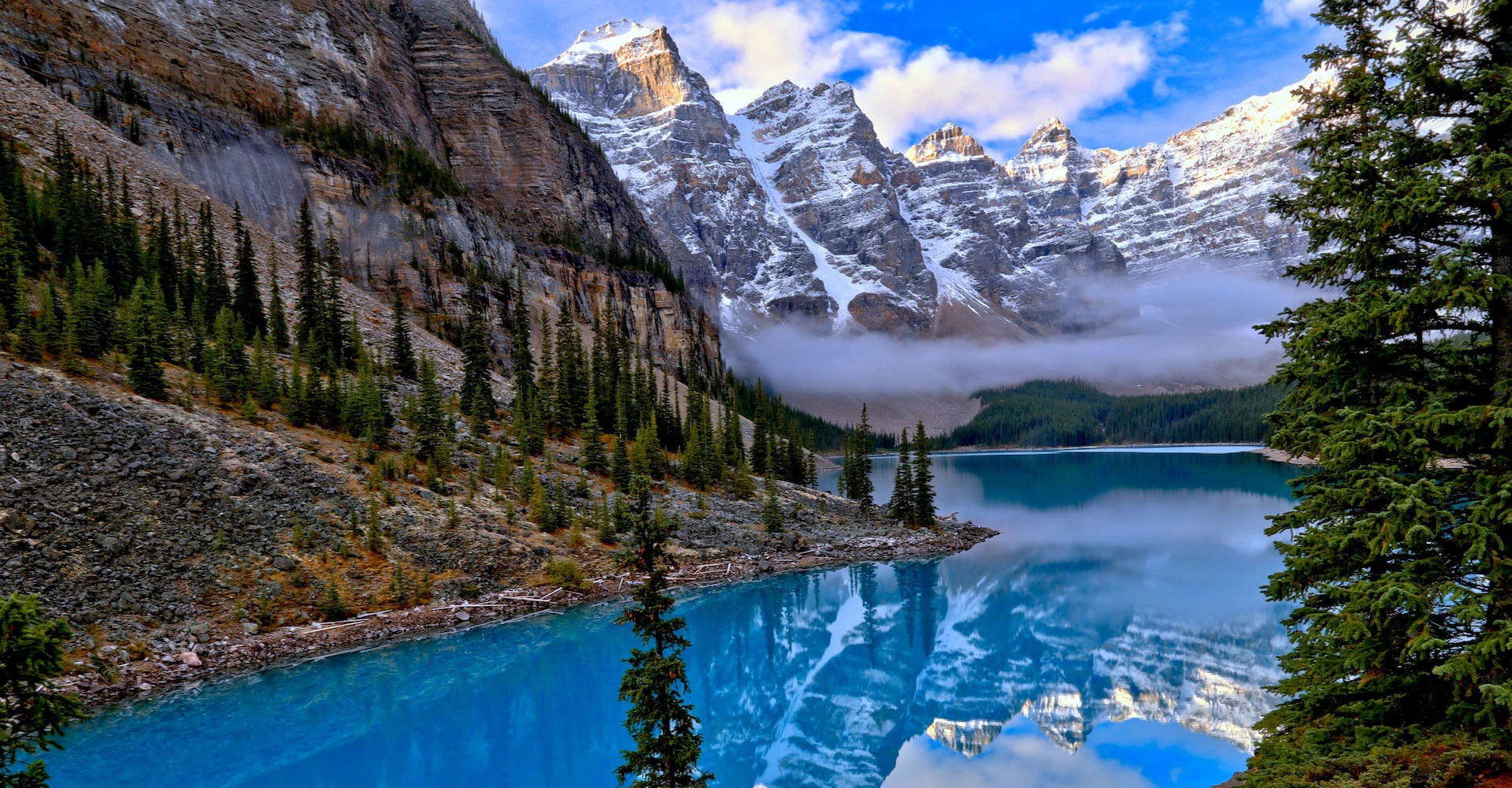
Serengeti National Park (Tanzania):
Serengeti National Park, located in northern Tanzania, is a world-renowned wilderness area and one of the most iconic safari destinations on the planet. It covers an expansive 14,750 square kilometers, making it Tanzania's largest national park. Serengeti is best known for its breathtaking landscapes, teeming wildlife, and the annual Great Migration, where millions of wildebeests, zebras, and other herbivores travel across the vast plains in search of fresh grazing lands.
The park is a wildlife enthusiast's paradise, offering an incredible diversity of animals, including the "Big Five" - lions, leopards, elephants, buffalo, and rhinoceros. The Serengeti is also home to cheetahs, giraffes, hippos, crocodiles, and a multitude of bird species. Visitors can embark on game drives to witness these magnificent creatures in their natural habitat, with the golden savannahs and acacia-dotted plains providing a stunning backdrop.
Apart from its remarkable wildlife, the Serengeti boasts stunning geological formations, such as the dramatic granite outcrops known as "kopjes." The Seronera Valley is a prime location for wildlife viewing, especially big cats. The park offers various accommodations, from luxury lodges to tented camps, allowing visitors to immerse themselves in the untamed beauty of the African wilderness.
Serengeti National Park is not only a haven for wildlife but also a place of great cultural significance. It is home to the indigenous Maasai people, who have lived in harmony with the land and its animals for generations. Serengeti's timeless beauty and unparalleled wildlife make it an absolute must-visit destination for anyone seeking a true African safari experience.
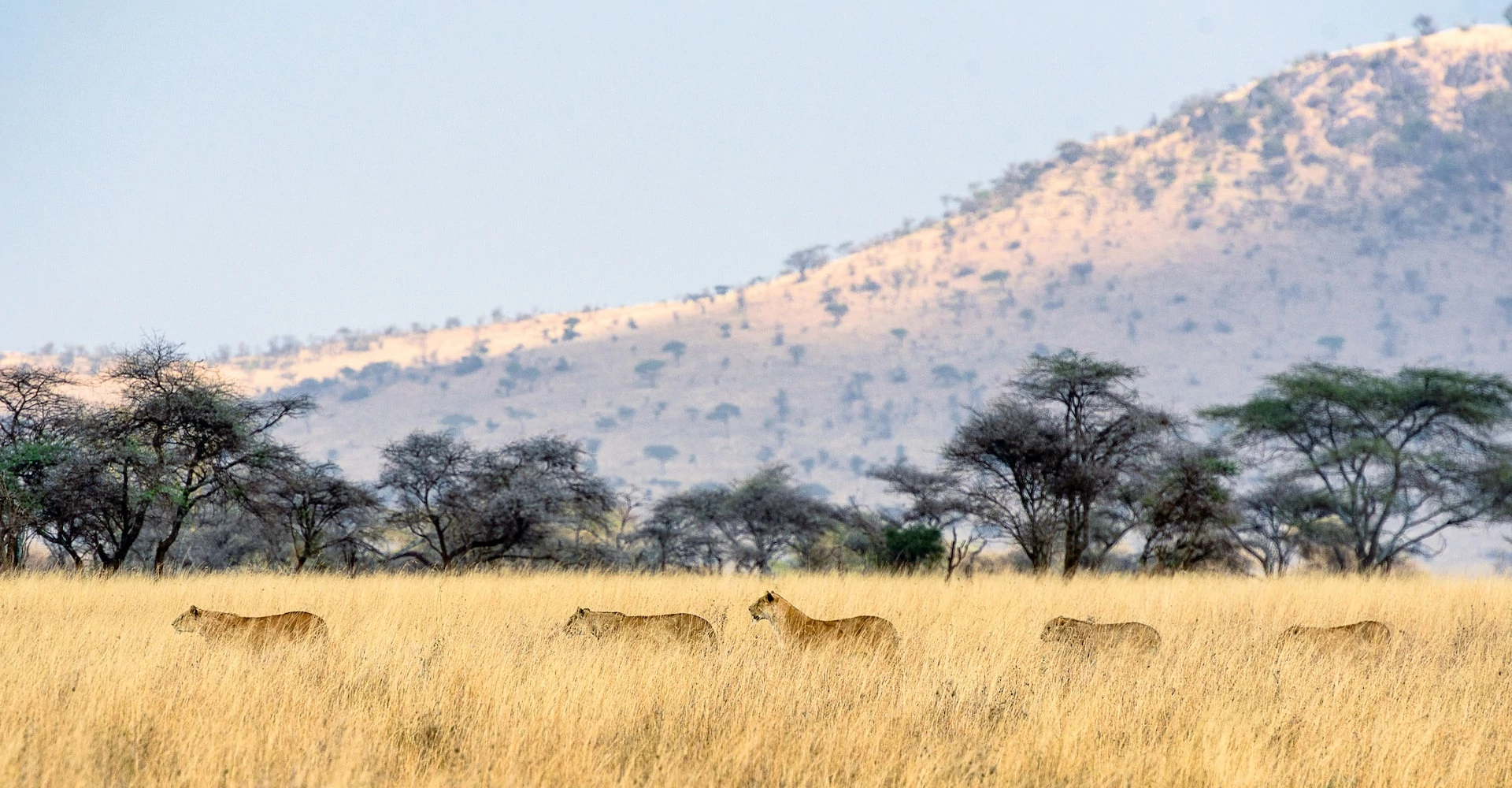
Torres del Paine National Park (Chile):
Torres del Paine National Park, located in the southern reaches of Chilean Patagonia, is a masterpiece of nature that enchants visitors with its dramatic landscapes and pristine wilderness. Covering an area of approximately 2,400 square kilometers, this park is a jewel of South America and one of the most iconic destinations for outdoor enthusiasts. Its name, "Torres del Paine," refers to the three distinctive granite peaks that pierce the sky, creating a striking backdrop for the park's lush forests, shimmering lakes, and rugged terrain.
One of the park's highlights is the W Circuit, a popular multi-day trek that winds through some of the most spectacular scenery. Hikers are treated to views of turquoise lakes, colossal glaciers, and the iconic towers themselves. Wildlife abounds in Torres del Paine, with guanacos, foxes, pumas, and a myriad of bird species calling the park home. For those seeking adventure beyond hiking, the park offers opportunities for kayaking, horseback riding, and even ice hiking on the Grey Glacier.
The park's unpredictable weather adds an element of excitement to any visit. Visitors may experience sun, wind, rain, and snow all in one day, making for a dynamic and ever-changing landscape. To preserve its pristine beauty, Torres del Paine has been designated a UNESCO Biosphere Reserve. Whether you're an intrepid explorer or a nature lover seeking tranquility, Torres del Paine National Park promises an unforgettable Patagonian adventure.

Great Barrier Reef Marine Park (Australia):
The Great Barrier Marine National Park, situated off the northeastern coast of Australia, is a marine paradise like no other. Encompassing a vast area of approximately 3,000 square kilometers, it is part of the larger Great Barrier Reef, the world's largest coral reef system. This national park is celebrated for its extraordinary underwater biodiversity, making it a global hotspot for snorkeling and diving enthusiasts. The park's crystal-clear waters teem with a dazzling array of marine life, from vibrant corals and tropical fish to majestic sea turtles and graceful manta rays.
One of the most remarkable features of this marine park is the sheer diversity of coral formations, including the iconic staghorn and brain corals. Snorkelers and divers have the opportunity to explore vibrant coral gardens and discover the intricate ecosystems they support. The park is also a vital habitat for countless species of fish, including clownfish, parrotfish, and angelfish, as well as charismatic megafauna such as humpback whales and dugongs.
Beyond its stunning aquatic life, the Great Barrier Marine National Park is recognized for its commitment to conservation and sustainable tourism. Several zones within the park are designated as no-take zones, where fishing and other activities are prohibited to protect fragile ecosystems. Visitors can embark on eco-friendly tours led by knowledgeable guides who provide insights into the reef's ecology and the importance of its preservation. Whether you're an experienced diver or simply seeking the thrill of snorkeling in an underwater wonderland, the Great Barrier Marine National Park offers an unparalleled marine adventure.
The park's immense ecological value has earned it a UNESCO World Heritage listing, underscoring its significance not only as a global treasure but also as a vital component of Earth's biodiversity. Protecting this natural wonder is a shared responsibility, and the Great Barrier Marine National Park invites all who visit to appreciate its beauty and contribute to its long-term preservation.
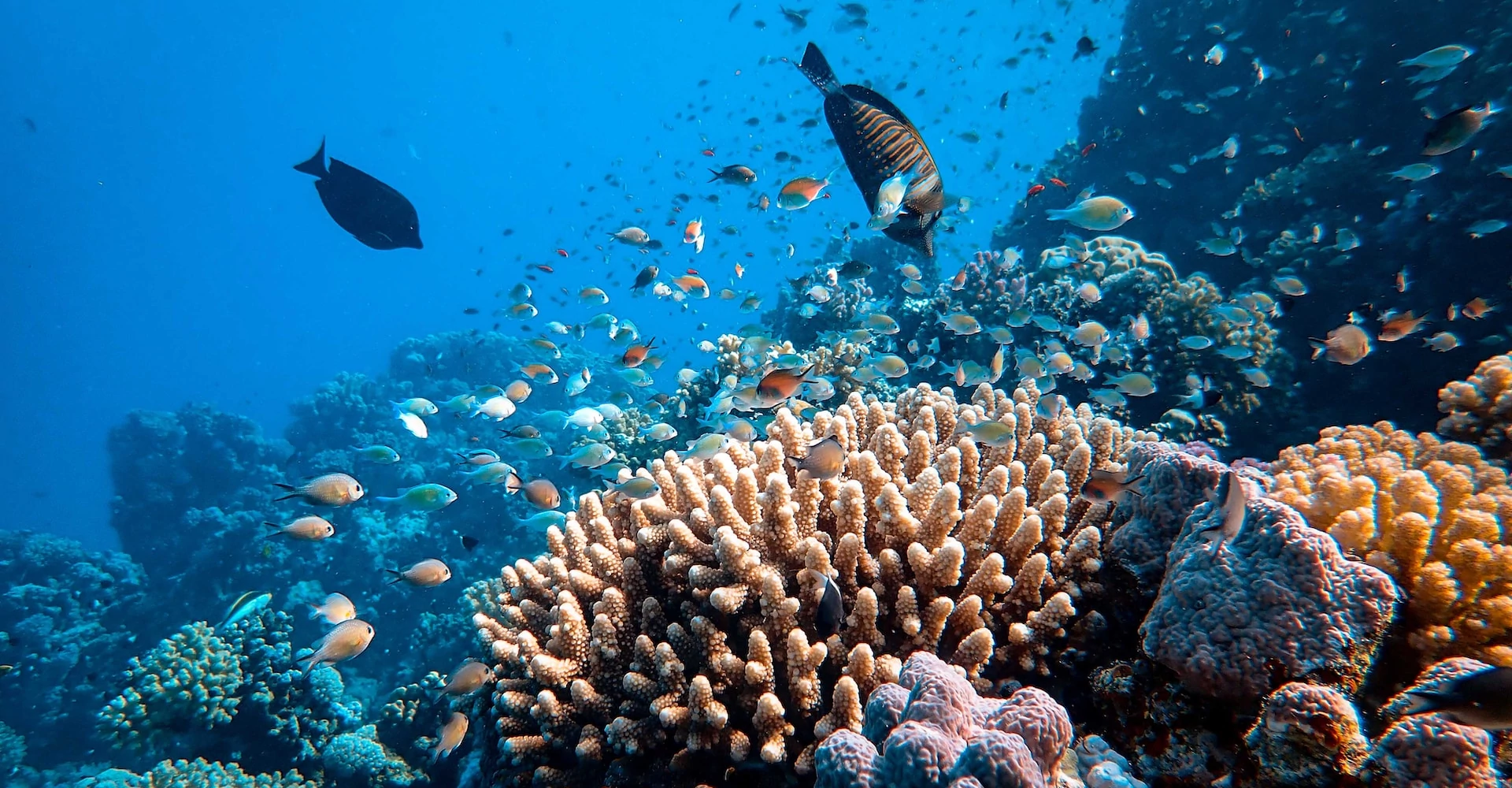
Kruger National Park (South Africa):
Kruger National Park, located in the northeastern corner of South Africa, is an iconic African safari destination known for its vast wilderness, diverse wildlife, and unrivaled conservation efforts. Covering an impressive area of approximately 19,500 square kilometers, it stands as one of Africa's largest game reserves and a shining example of successful wildlife preservation. Established in 1898, the park has a rich history of protecting the region's diverse flora and fauna.
The park is celebrated for its remarkable biodiversity, with the Big Five – lions, elephants, buffalo, leopards, and rhinoceroses – calling Kruger home. It's not uncommon to spot these magnificent creatures during a safari drive. Beyond the Big Five, the park is a sanctuary for numerous other species, including cheetahs, wild dogs, giraffes, and a stunning array of birdlife. Visitors can embark on guided game drives or self-drive safaris, immersing themselves in the sights and sounds of the African bush.
Kruger National Park is not only a haven for wildlife enthusiasts but also a place of cultural significance. It is home to a rich heritage of rock art, archaeological sites, and historical landmarks, providing a glimpse into the region's past. Accommodation options within the park range from rustic campsites to luxurious lodges, ensuring a comfortable stay amidst the wilderness. Kruger National Park is an emblem of Africa's commitment to conservation and offers an unforgettable safari experience in one of the continent's most breathtaking natural settings.
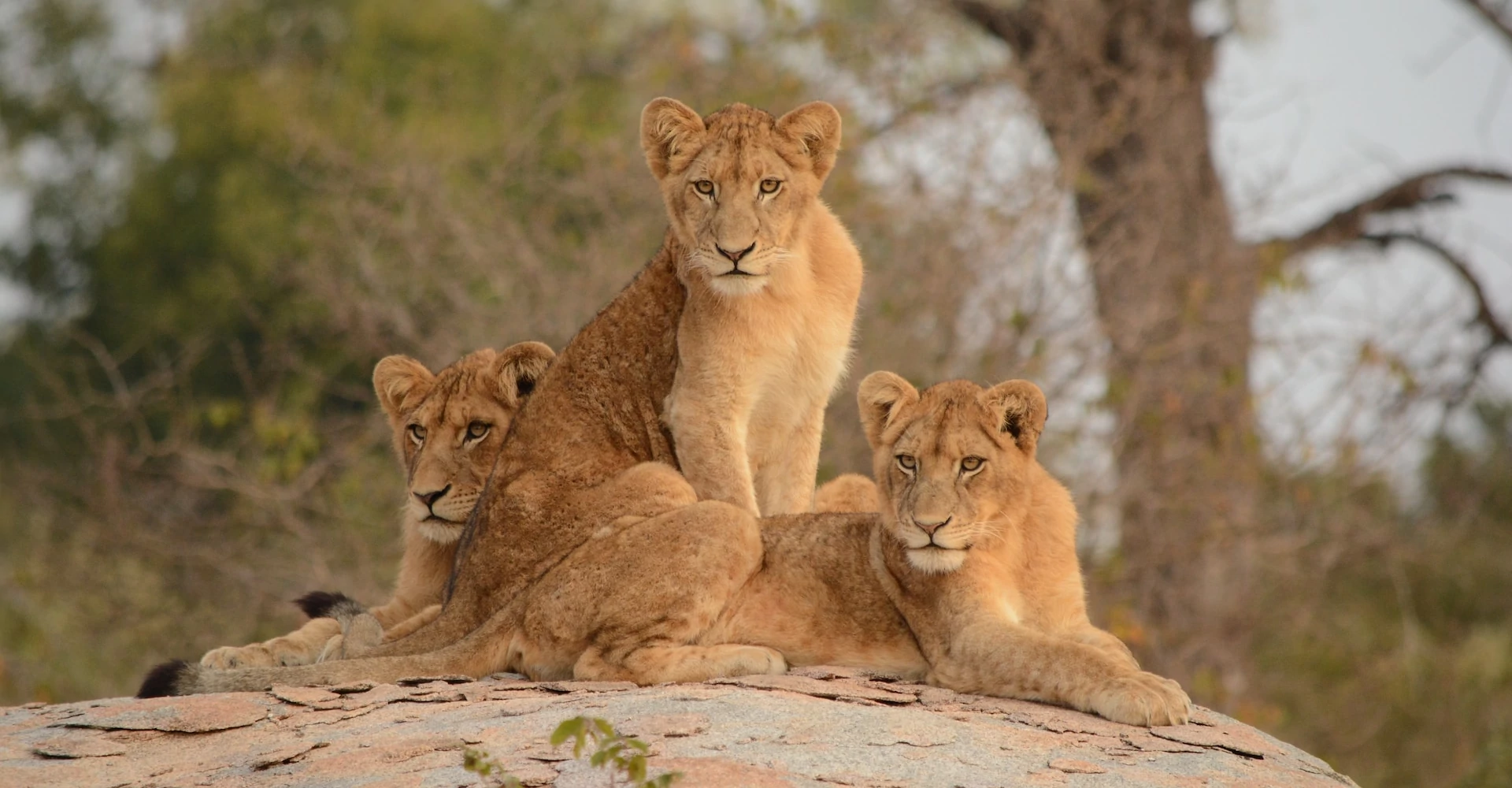
Fiordland National Park (New Zealand):
Nestled in the southwestern corner of New Zealand's South Island, Fiordland National Park is a pristine wilderness area of extraordinary natural beauty. Covering over 12,000 square kilometers, it's the largest of New Zealand's national parks and one of the country's most treasured natural gems. Established in 1952, the park was later designated as a UNESCO World Heritage Site in 1990 in recognition of its unique ecological significance.
The park's defining features are its deep, glacier-carved fiords, including the renowned Milford Sound and Doubtful Sound. These fiords are characterized by towering cliffs, cascading waterfalls, and mirror-like waters that reflect the surrounding mountains. The park's landscape is dominated by the snow-capped peaks of the Southern Alps, lush rainforests, and pristine lakes, creating a breathtakingly diverse terrain.
Fiordland National Park is not only a visual wonderland but also a haven for wildlife enthusiasts. It's home to a wide range of unique and endemic species, including the flightless takahe, the kea parrot, and the Fiordland crested penguin. Exploring the park offers opportunities for hiking, kayaking, and boat cruises, allowing visitors to immerse themselves in the stunning scenery and observe the abundant wildlife.
Visitors to Fiordland National Park can embark on multi-day hiking adventures, with the Milford Track being one of the most famous. This 53.5-kilometer trek takes hikers through some of the park's most awe-inspiring landscapes, including lush rainforests and mountain passes. With its awe-inspiring natural wonders and abundant recreational opportunities, Fiordland National Park is a destination that captivates the hearts of nature lovers and adventure seekers alike.
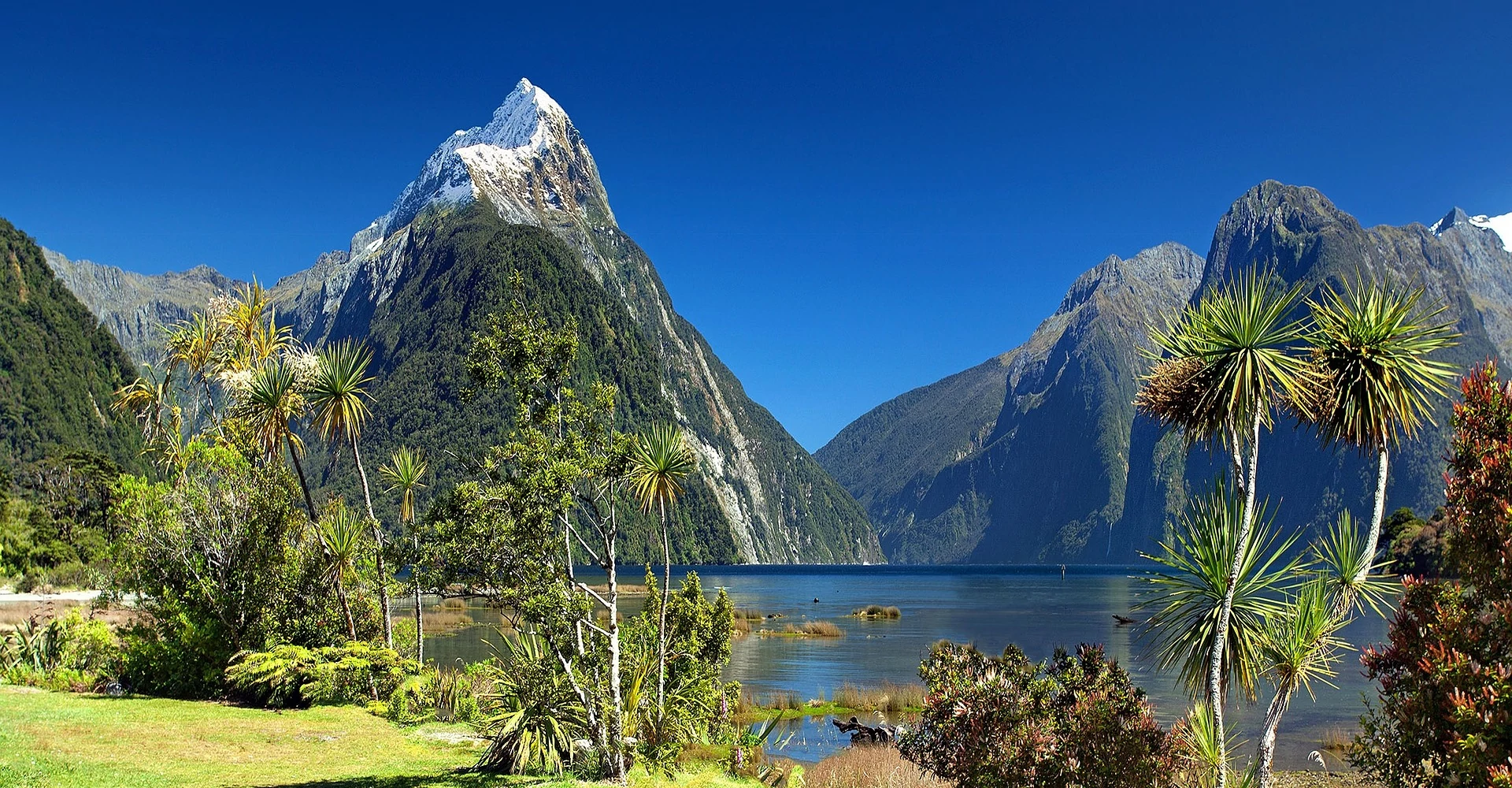
Komodo National Park (Indonesia):
Komodo National Park, located in Indonesia, is a mesmerizing archipelago consisting of three major islands: Komodo, Rinca, and Padar, along with numerous smaller islands. Established in 1980, this UNESCO World Heritage site is renowned for its unique inhabitants, the Komodo dragons, which are the world's largest lizards. These prehistoric creatures, with their imposing size and distinctive appearance, draw travelers from around the globe.
Beyond the dragons, the park offers diverse marine life, including vibrant coral reefs, making it a prime spot for snorkeling and diving. The crystal-clear waters are teeming with colorful fish, manta rays, sharks, and turtles. With its rich underwater biodiversity, it's no wonder that Komodo National Park is considered one of the world's premier diving destinations.
Exploring the park also provides opportunities for trekking, where you can witness breathtaking landscapes, from arid savannahs to lush forests. The viewpoints on Padar Island offer panoramic vistas of the surrounding islands and the sparkling sea. Rinca Island provides an alternative dragon-watching experience, with the chance to spot these incredible creatures in their natural habitat.
Visiting Komodo National Park is a journey into a world of wonder, blending remarkable terrestrial and marine ecosystems. Its remote and pristine beauty, coupled with the chance to come face-to-face with Komodo dragons, makes it a truly unforgettable destination for nature enthusiasts and adventurers alike.
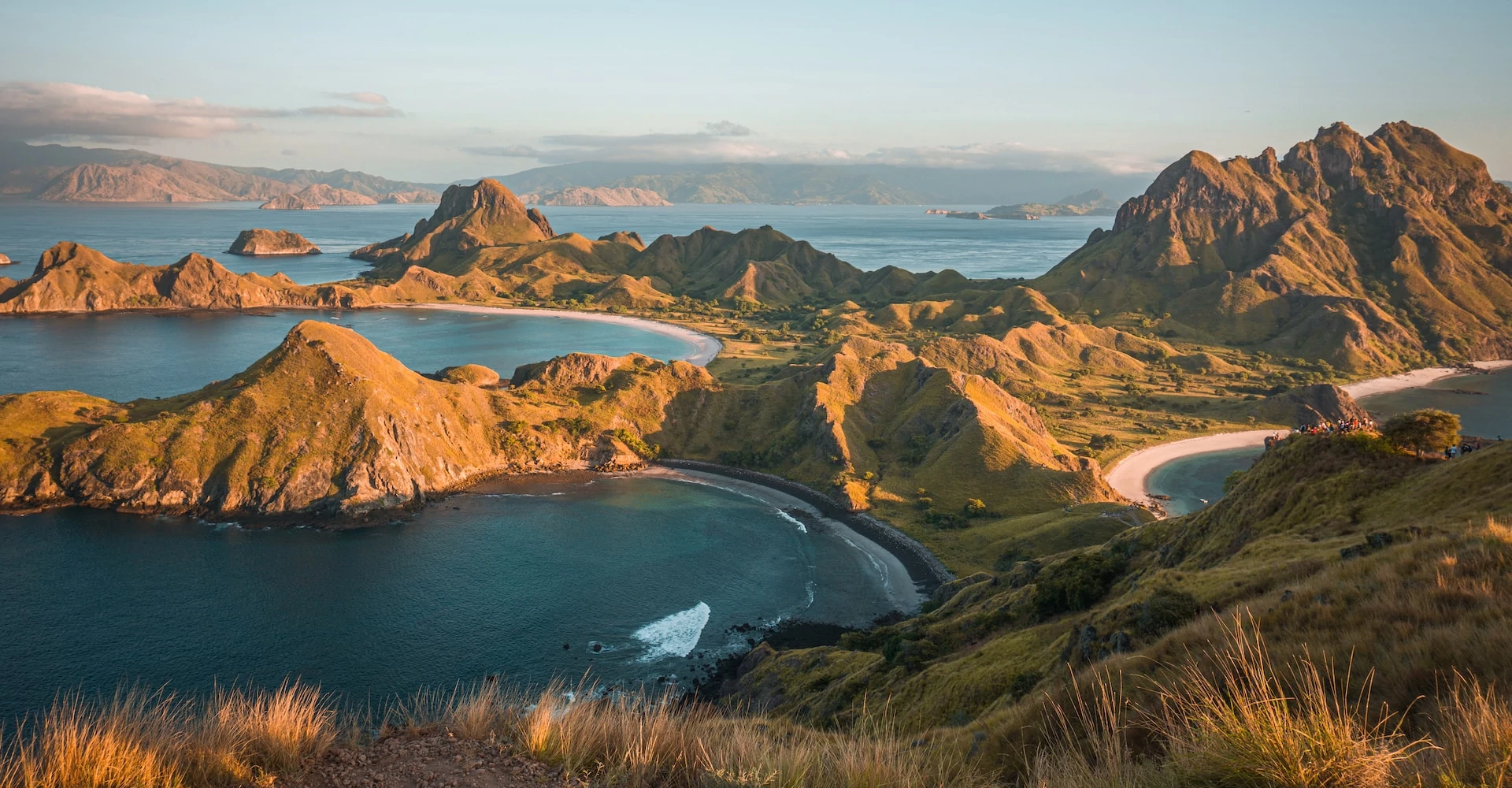
Galápagos National Park (Ecuador):
Galapagos National Park, located in the Pacific Ocean, is an iconic and unparalleled natural wonder. It encompasses a diverse group of volcanic islands, each with its own unique ecosystem and extraordinary wildlife. This UNESCO World Heritage site is famous for its role in Charles Darwin's theory of evolution, as the species found here played a pivotal role in shaping his ideas.
The park is home to an astounding array of wildlife, including giant tortoises, marine iguanas, blue-footed boobies, and unique species of finches. The pristine waters surrounding the islands teem with marine life, making it a world-class destination for snorkeling and diving. Swimmers can encounter playful sea lions, graceful sea turtles, and schools of colorful fish. The Galapagos penguins, the only penguin species found north of the equator, are a highlight of these underwater adventures.
Exploring Galapagos National Park is a journey through time and nature's laboratory. Visitors can hike to volcanic craters, swim with curious sea lions, and witness the astonishing biodiversity that inspired Charles Darwin. Strict conservation measures are in place to protect this fragile ecosystem, ensuring that future generations can continue to marvel at the living laboratory that is Galapagos National Park.
Visiting this extraordinary park is a once-in-a-lifetime experience, offering a profound connection to the natural world and a deep appreciation for the importance of conservation. It's a place where the wonders of evolution and the beauty of our planet are on full display, making it a must-visit destination for anyone passionate about nature and wildlife.
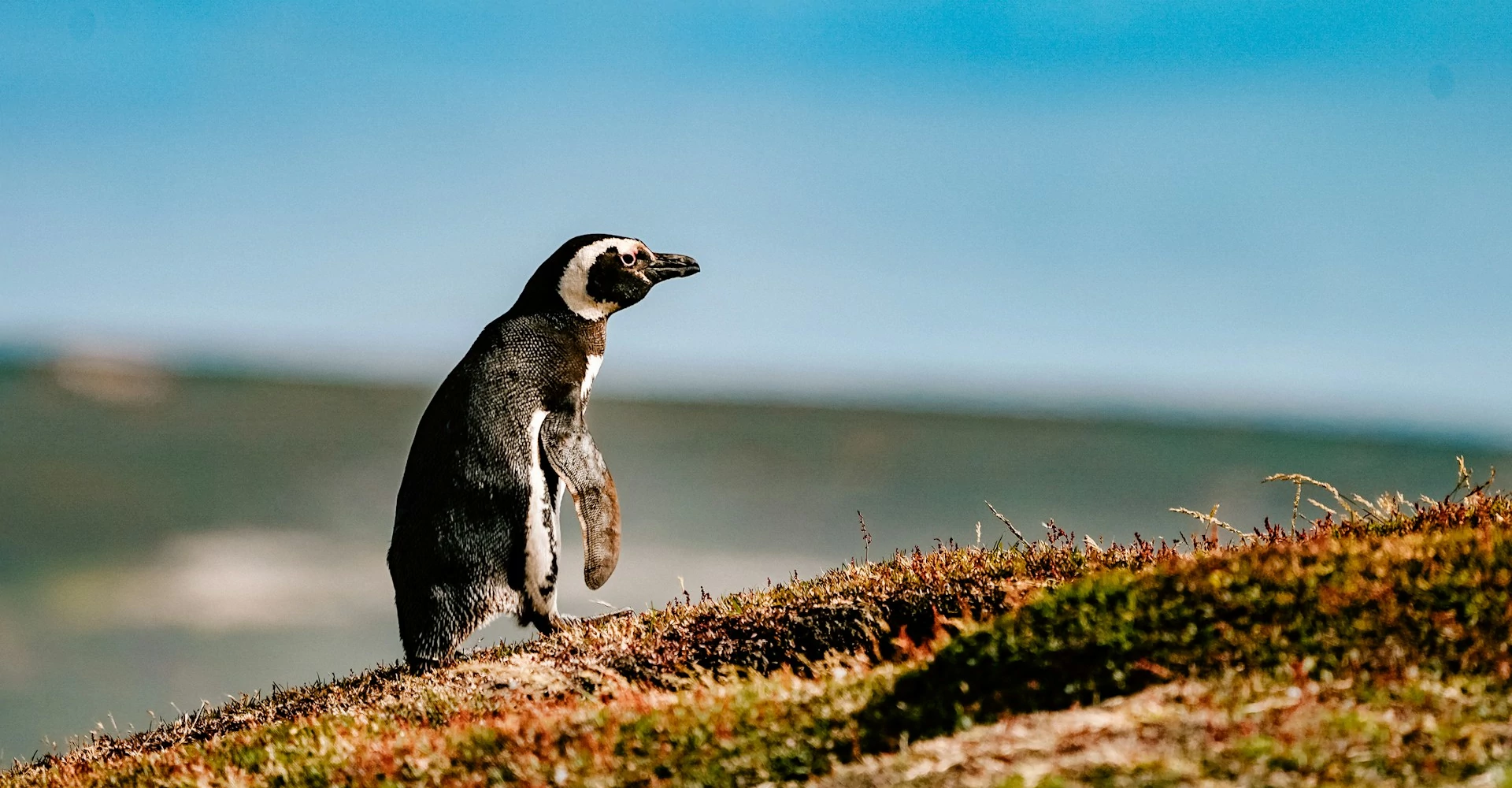
Plitvice Lakes National Park (Croatia):
Plitvice Lakes National Park, situated in the heart of Croatia, is a mesmerizing landscape of cascading waterfalls, crystal-clear lakes, and lush greenery. It is a UNESCO World Heritage site and one of Europe's most enchanting natural wonders. The park is renowned for its interconnected series of sixteen terraced lakes, each with its own unique charm, connected by a network of meandering waterfalls and lush forests.
Visitors to Plitvice Lakes can explore a network of wooden boardwalks and pathways that wind their way around and across the lakes, allowing for up-close encounters with the park's vibrant aquatic life and awe-inspiring waterfalls. The park is home to an array of wildlife, including deer, bears, wolves, and countless bird species, making it a haven for nature enthusiasts and photographers.
The changing seasons lend a unique character to the park. In winter, the lakes often freeze, creating a serene, snow-covered landscape. In spring and summer, the park bursts into life with blooming wildflowers and vibrant green foliage. Autumn paints the landscape with warm hues, offering a different but equally stunning experience.
Plitvice Lakes National Park is not only a place of extraordinary natural beauty but also a testament to the importance of conservation. Its pristine lakes and waterfalls are a testament to the power of nature to create breathtaking landscapes. This park provides a serene and tranquil escape for those seeking to immerse themselves in the wonders of the natural world.
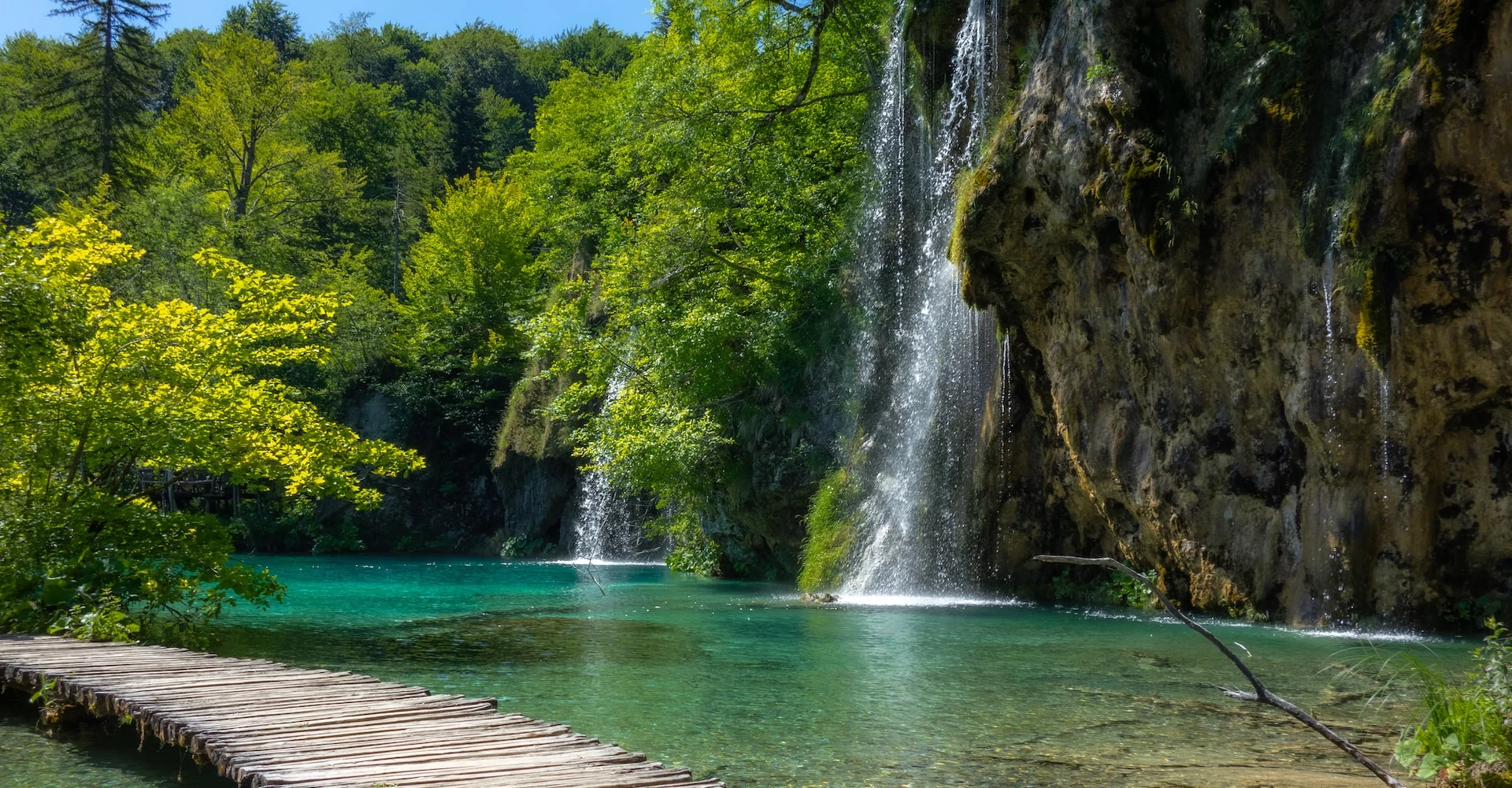
In a world filled with bustling cities and modern distractions, these 10 national parks offer a respite into the heart of nature's grandeur. From the mystical landscapes of Yellowstone to the crystal-clear lakes of Plitvice Lakes, these protected areas are a testament to the beauty and diversity of our planet.
Visiting these parks isn't just about witnessing awe-inspiring sights; it's also an opportunity to connect with the natural world, to appreciate the delicate balance of ecosystems, and to gain a deeper understanding of the importance of conservation. Each of these parks has its unique charm, whether it's the otherworldly wildlife of Galapagos or the serene fjords of Fiordland.
As travelers, we have a responsibility to tread lightly and preserve these pristine environments for future generations. These national parks are not just destinations; they are sanctuaries of biodiversity, geological wonders, and untamed landscapes. Whether you seek adventure, tranquility, or simply a chance to reconnect with nature, these 10 must-visit national parks offer experiences that will leave you in awe of the natural world and inspire you to protect it. So, pack your bags, embark on a journey, and discover the extraordinary beauty of these remarkable places.
